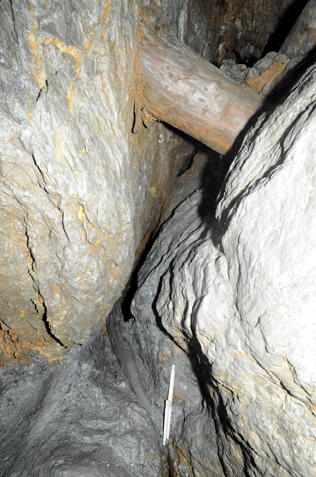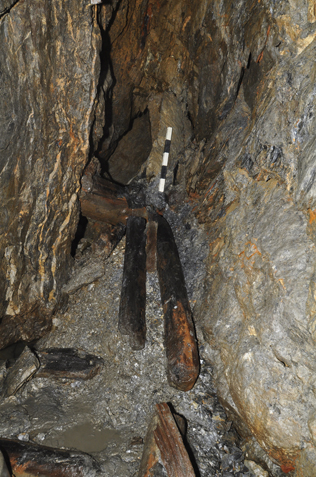The Region of Mitterberg: Large-Scale Production of Copper in the Eastern Alps during the Bronze Age
Ansprechpartner: Prof. Dr. Thomas Stöllner
thomas.stoellner@rub.de
In the Bronze Age the Eastern Alps were the most important area for the mining of copper. The discoveries made in the mining regions around Mitterberg – between Mühlbach am Hochkönig, Bischofshofen and St. Johann im Pongau – are particularly famous among researchers. Nowhere else can so many traces of the historic mining industry be found in such a well-preserved state.
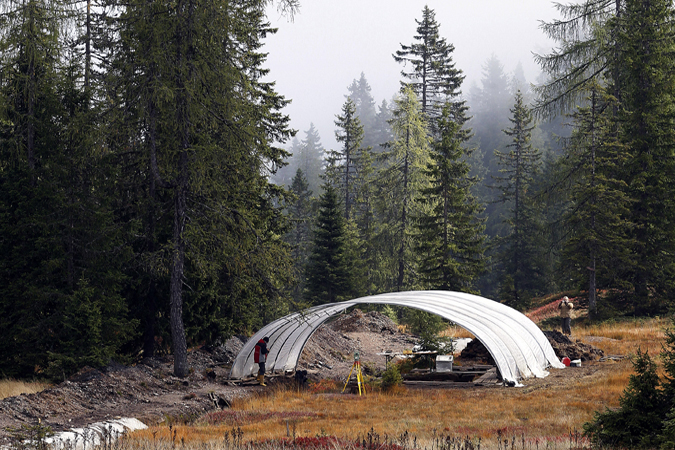
Fig. 01: Excavation of the Troiboden on the Mitterberg master lode.
The Thickest Seam of Copper Ore in the Eastern Alps
The Mitterberg mining district has the thickest seam of copper ore in the Eastern Alps. It also extends to the lodes of the southern district (the Brander, Burgschweig and Birkstein lodes) and those of the eastern district (the Winkel and Buchberg lodes). The genesis of the deposit is complex: we make a fundamental distinction between mineralizations embedded in the slate parallel to the strata, as in the southern district, and those that, like the main lode at Mitterberg, have been deposited unconformably in a tectonic fault of the so-called ‘violette Serie’ (violet series). The chalcopyrite veins, usually consisting of several parallel mineralizations, are generally only a few decimetres thick, but in some places up to 4 metres thick.The modern use of the ore deposit began in 1827 and had to be abandoned in 1977 due to falling copper prices. On the basis of the cross-sectional drawings completed by the Mitterberger Kupfergesellschaft (Mitterberg Copper Society), K. Zschocke and E. Preuschen estimated the total quantity of ore extracted in prehistoric times: according to their calculations, at least 20,000 tonnes of raw copper are thought to have made their way onto the market. Analyses of prehistoric bronzes showed that, particularly in the second half of the 2nd millennium BC, these consisted of copper of the Mitterberg type. This composition is not only typical of the Mitterberg district , but of all the ore deposits of the Eastern Alps.
Issues Explored in the New Research
Despite the long and intensive history of research, many questions remain unanswered to this day: questions about the technology and subsistence of the Mitterberg mining operation, and its economic integration into the alpine environment. The sheer size of the mining district, the complex structure of the landscape, and the diversity of the mining relics dating from the Copper and Bronze Ages – all these things have so far made it difficult to develop a comprehensive research strategy. The DBM has been investigating the copper mine at the Arthurstollen (“Arthur Adit”) since 2002, and has been able to use this to extend its activities to the whole mining landscape. We are particularly interested in the way this alpine economic enterprise was integrated into the landscape, in terms of its logistics, its organization and its development over time. This is the only way to obtain the necessary contextual data for economic archaeological modelling. We continue to focus on questions of mining technology, processing, and miners’ know-how: what were the periods of operation? And how labour-intensive was the extraction? Prospection and sondages gave us detailed insights into the above-ground operating points. So far we have mainly been interested in the first steps of fine ore processing, and especially in the location of central wet processing sites; now we want to deal more intensively with the last two processing steps: the production of ore mixtures for smelting. Ultimately the economic figures we can derive from these are just as important as those obtained from the actual smelter sites. These – in particular the still partially extant slag heaps – help to answer the question of how often and with what intensity smelting was carried out – and even give indications of how many furnace cycles were completed and what quantities of copper were produced.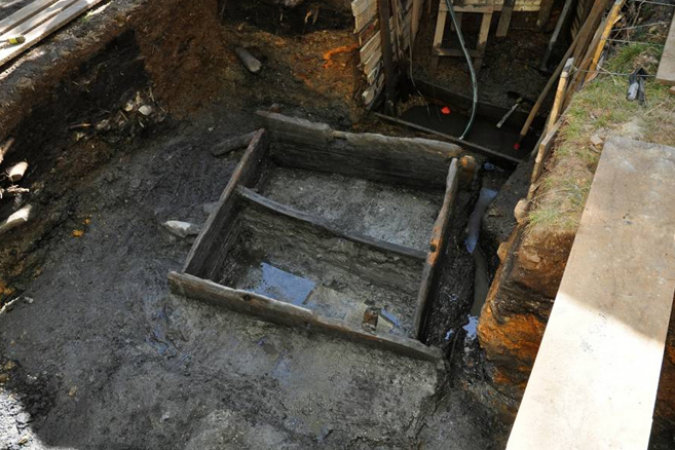
Fig. 04: Troiboden–Wooden Box for Wet Processing of Copper Ore.
Diachronic Changes in the Intensity of Production
Essential for the understanding of the whole area is the dating of smelter sites and other above-ground operating points. For the first time, we are attempting to carry out an extensive overall assessment of the diachronic changes in the intensity of production over the entire period of operation. We therefore also include data relating to vegetation history: on the one hand this helps us to pinpoint the exact ages of the archaeological finds, and on the other hand it provides insight into the historic usage of the forest. Wood was an important source of energy , and was indispensable as a raw material for the production of pit props in mining. We also continue to work on geochemical and mineralogical characterizations of the individual lodes. These studies of provenance give us detailed insight into regional and interregional trade. Furthermore, the data form a valuable basis for studying the distribution of ores over particular smelting areas. Since 2007 the special research programme “HiMAT” (“Historical Mining Landscapes in the Tyrol and Adjacent Areas”) has enabled us to conduct a new, 10-year project on the main Bronze Age producer of copper in the Alps region, the Mitterberg. Between 2007 and 2011 HIMAT linked a total of 14 projects, and was supported by the Austrian Science Fund (FFWF). Since 2011 various follow-on projects have ensured the continuation of these research activities, and have allowed them to be extended to include the South Tyrol area.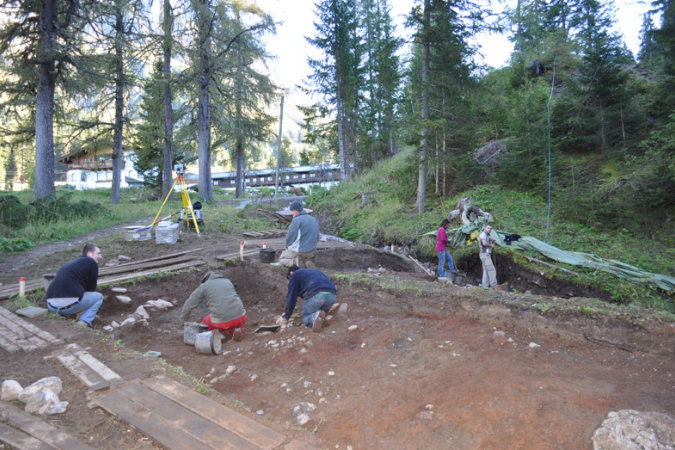
Fig. 05: Excavation of settlement site.

